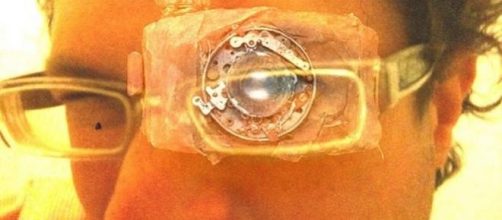Scientific and medical breakthroughs continue to improve people's lives and none more so than for a retired engineer from Manchester, Ray Flynn. The 80-year-old Manchester United fan has suffered from impaired vision for almost a decade, but all that has changed with the restoration of his central vision thanks to the use of a 'bionic eye'.
'Bionic' developments becoming reality
When the massively re-built Steve Austin burst on to our television screens as the 'Six Million Dollar Man' in the 1970s, few could have believed that the bionic enhancements he sported would become reality.
Yet Mr Flynn from Audenshaw is living proof that the technological developments are now becoming available. He has become the first patient in the world with advanced dry age related macular degeneration (AMD) to benefit from the life-changing procedure. It is further believed that he may be unique in terms of his newly developed ability to combine natural and artificial sight.
Manchester United fan
Mr Flynn is eagerly anticipating being able to watch the Red Devils in all their glory next season and also to be able to develop his cooking skills far more easily than in recent years. Prior to the retinal implant he received last month, he required the use of a somewhat cumbersome magnifying glass to be able to scan though recipes.
Common ailment
The loss of sight due to AMD is a common ailment shared by as many as 25 million people across the globe and as such is the most prevalent cause of the suffering that results for those in the developed world. Dry AMD (as Mr Flynn has been diagnosed to have) is untreatable at present.
The Manchester man joins a select group of people to have successfully received the Argus II implant (a retinal prosthesis) that is manufactured by the American company Second Sight Medical Products. The implant had previously aided around 130 sufferers with the inherited disease of the eye called retinitis pigmentosa.
How it works
In order to enhance a person's vision, a tiny camera is positioned in the patient's glasses to capture video images.
The images are then converted into electrical pulses that can be passed to electrodes on the retina's surface.
Although the fictional 'bionic man' portrayed by Lee Majors only enjoyed fame from 1974-1978, it is hoped that the real science will enable many people to benefit for many more years to come.

